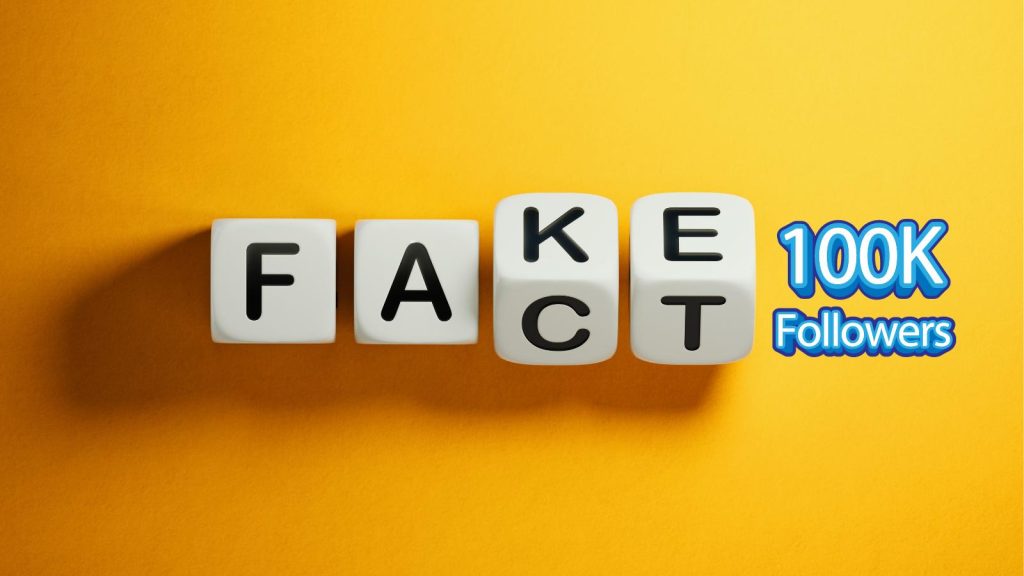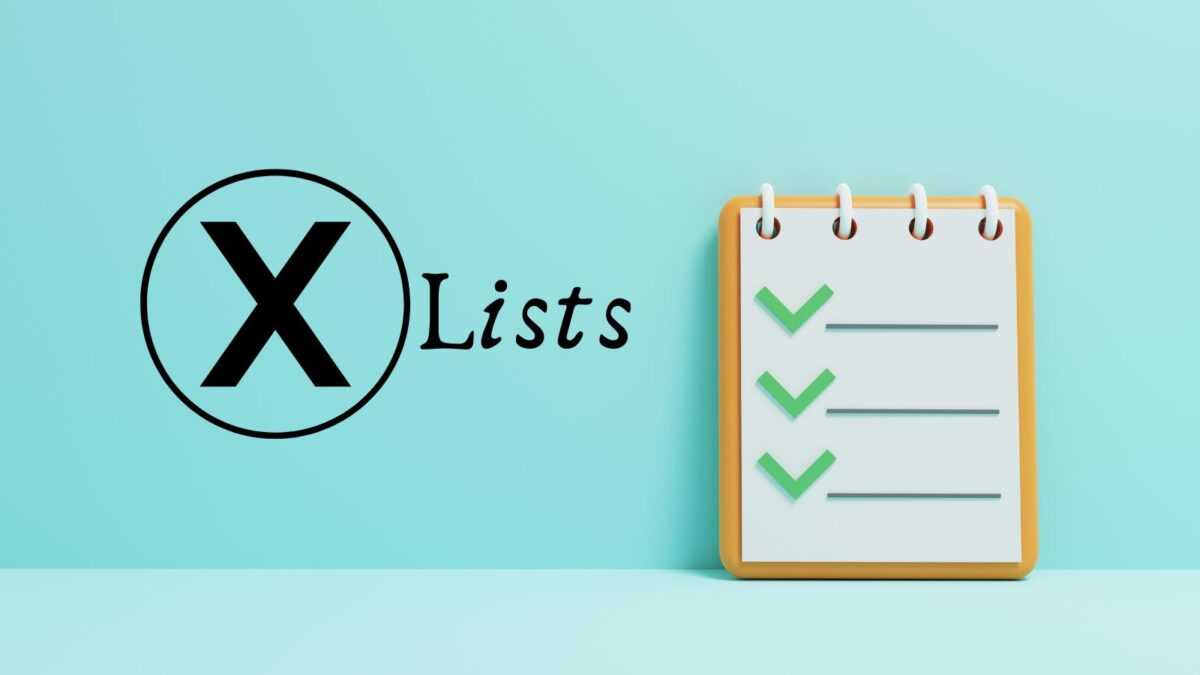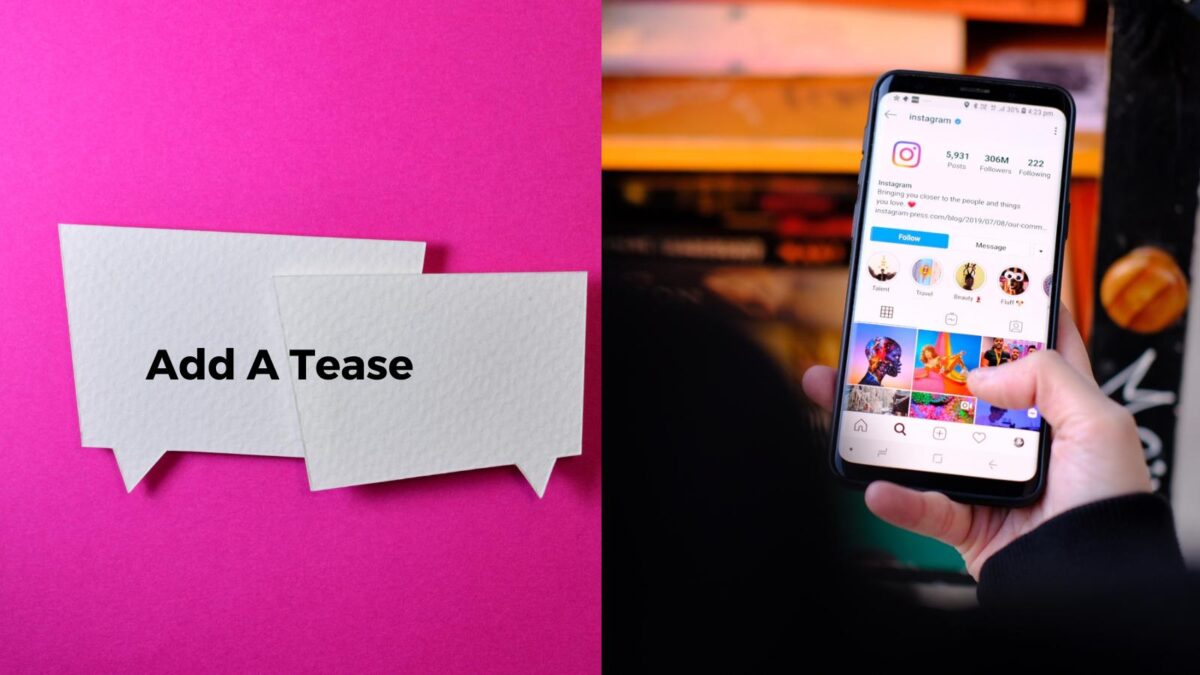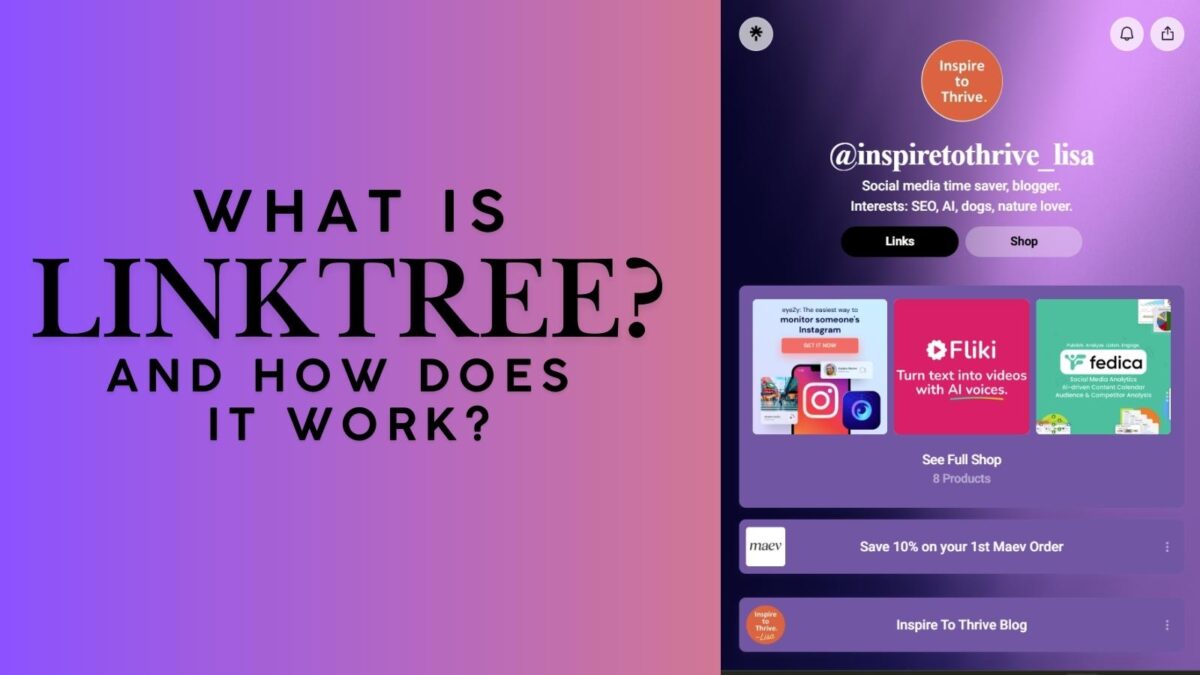A large social media following is not just a vanity metric or social status; it’s an asset. If you have a lot of followers, others can pay you to promote products and services. This is why many people will do anything to obtain this type of following – even buy social media bots and fake followers.
Now, this is never a good idea. It doesn’t take a rocket scientist to figure out that bots and fake followers don’t pack the same punch as organic followers.
Table of Contents
For Instance, Bot Accounts
- Don’t engage with your content
- May leave inappropriate bot comments
- Spam
- Ruin your credibility
Every decent social media platform is strongly against bots and fake followers, some, like Instagram, are strongly opposed to buying fake followers. This is even in their terms of service.
Still, is it possible for one to get fake followers and bots on accident? Yes, unfortunately. Here are some tips to help you avoid this and protect yourself from the plight of the social media world.

How To Attract Bots And Fake Followers
Now, if you bought followers, there’s no mystery of how you got this following; however, there are some ways to attract them by accident.
By using certain popular hashtags, you’re raising awareness of your social media profiles. This can be a good thing but also attract unwanted attention. You see, it’s in the best interest of bots and false followers to appear less scam-like.
Therefore, they may randomly follow popular accounts and people posting popular hashtags. This happens automatically, and by randomly using certain hashtags, you can paint a target on your back.
This is not to say that you should avoid using popular hashtags. Such a suggestion would be preposterous. We’re merely suggesting that tactics like hashtag cramming may increase the odds of bot infestation.
Joining follow-for-follow groups is another known method of attracting unwanted attention. While this is not the same as buying followers, the principle is similar.
The bottom line is that you must be selective of your hashtags and spaces where you share links to your accounts. This is the only way to keep your brand safe in a hostile social media environment.
The problem is that these tips may seem counterintuitive in a race to get as many followers as possible.
Conduct A Social Media Audit
One of the ways to clean up your social media is to conduct a social media audit. Now, there are two ways to dos so, manually or with tools for bot detection.
Here’s how you can do this.
Manual Social Media Audit
Even people who buy bots and followers seldom buy them in hundreds of thousands or millions. This means that we’re talking about thousands of followers.
You must first learn to recognize fake accounts and bots to do so.
The first thing you need to pay attention to is strange numbers. These bots usually follow much more people than follow them.
For instance, they may follow thousands of people and pages while being followed by a handful of pages (sometimes, they’ll even have zero followers).
It’s far better to pay attention to these things immediately after they follow you rather than waiting for an audit to cleanse them. Still, some account holders are so thirsty for followers that they just accept without even looking at the social media account behind the request.
Bots and Fake Accounts
Bots and fake accounts usually have short, action-packed history. Their account will have a lot of action but only for a couple of days.
Also, these accounts are often empty. They have no content, and if you can see comments they’ve made, they’re usually either generic or make no sense. So, you’re looking for either nonsensical content or a complete lack of content.
Now, it’s important to mention that fake profiles sometimes pose a far greater challenge. People can dedicate much time to making them look real; these profiles are near-indistinguishable from real ones.
In a way, they’re more alternative profiles than fake profiles. As such, and for this article, they’re not a major problem.
Use Tools For Bot Detection
Another, more efficient way to handle this issue is to use tools for bot detection. Some apps automatically apply all the principles listed in the previous section.
Besides this, they have a more advanced method of pattern recognition and social media behavior analysis. In other words, they have a higher accuracy.
Most importantly, they can make the need for an audit completely obsolete. These tools are always active and can recognize bots in real-time.
Use AI to Clean up Bots and Fake Followers
If you want to clean up bots and fake followers using AI, start by using tools like HypeAuditor or Social Blade to analyze your follower base. These platforms can flag inactive or suspicious accounts.
Next, use AI-powered tools like BlockParty or FakeCheck to scan for fake engagement patterns, such as repetitive comments or accounts without profile pictures. Once identified, manually block or remove the flagged accounts, or use the built-in bulk removal features.
For long-term prevention, consider enabling stricter verification settings on your account and focus on organic growth strategies. Regularly audit your audience to keep everything authentic and maintain credibility.
Will Enabling a Private Account Stop Bots?
Having a private account on social media may help limit unwanted followers because bots are less likely to send requests. However, it won’t eliminate the risk entirely.
Stay proactive by reviewing follower requests carefully. Look them over for suspicious images or text.
Be Suspicious of Third Party Apps
There are a lot of third-party apps that promise to grow your social media following. The problem with these apps is that they must deliver quick results to earn positive reviews.
They promise magic and deliver magis, but like with all forbidden magic, “at what cost?”
The shortcut is to provide you with bots and fake followers. On paper, your following is really growing.
With such numbers, even your engagement might slightly increase. The problem is that, in the long run, you might regret this decision.
Once the social media platform commits a purge of bots (these happen regularly), you’ll find yourself short of followers. Regardless of your field’s competitiveness (as a business or individual), there’s always a better way to stand out.

Understand Different Types of Fake Social Media Followers
Another step in protecting yourself from social media bots and fake followers is understanding different types of fake followers.
The first group is inactive social media accounts. Sure, some people start following you and then lose interest in social media.
These people slightly pump your numbers up, and there’s really no downside to having them around. Eventually, the social media platform in question will delete their accounts, and no harm will be done.
However, some deliberately make false accounts to follow profiles online and never log in again. Where do you think all those bots and fake accounts come from?
While it’s easy to see the difference between these two account types, they can be classified as inactive social media accounts.
Bots are different. They are not inactive, and they’re usually programmed to interact with your content. It’s unusual for them to like and comment on your content.
While this benefits your content in the short run, these bots are usually malicious and may spread misinformation or trick your regular followers. It’s not uncommon to see these bots commit phishing scams and worse.
While these two are not the only types of fake followers, they’re probably the most common. You’ll be making a difference by just keeping an eye on these two groups.
Put Some Trust In The Platforms
Most of the time, you only need to wait for these bots and fake followers to be removed. It’s not just your problem; it’s everyone’s problem. According to some estimates, about 15-40% of social media accounts are bots and fake accounts.
The discrepancy between 15% and 40% is huge, but this greatly varies on the platform.
Make no mistake; platforms are actively fighting against this problem. Back in 2022, Facebook deleted about 1.6 billion fake accounts. This is a massive number, and while Facebook is a massive platform, it still seems somehow disproportionate.
While this may sound terrifying, it’s important to stress that this isn’t evenly distributed. First, a person with 200-500 friends/followers is likely to have 90% of their following consisting of people they already know.
In this crowd, it would be easy to spot a fake profile, and a manual social media follower audit would take minutes.
If you have a larger following and don’t just randomly accept or buy followers, you can play it cool and wait for the platform to remove some of these profiles.
Bots And Fake Followers Will Always Hurt Your Social Media Brand In The Long Run
First, you must learn to protect your brand from attracting fake followers. This will give you fewer fake followers and bots to remove. However, you must also learn how to recognize these fake followers to remove them.
Alternatively, you could use a tool for this task, as well. Still, be careful which tools you use and try to learn as much as possible on this subject matter.
FAQs: Protecting Your Social Media From Bots & Fake Followers
Look for accounts with no profile pictures, generic usernames, or little to no posts. Bots often follow hundreds or thousands of accounts but have few followers themselves. If engagement (likes, comments) seems way out of proportion to their following, that’s another red flag.
Fake followers hurt your credibility and skew your analytics. They reduce your actual engagement rate, making it harder to understand what real followers want. In some cases, platforms may penalize accounts with inflated, fake follower numbers.
Yes, tools like FollowerAudit, HypeAuditor, and Circleboom can help. They analyze your audience and highlight suspicious accounts so you can remove them.
Don’t buy followers, even if it’s tempting to boost numbers. Purchased followers are almost always fake and can harm your reputation. Avoid clicking suspicious links or sharing login details with unknown apps.
Bots often target hashtags, popular posts, or accounts similar to yours. They run automated processes to follow, comment, or like posts to appear genuine. The best way to avoid their attention is by limiting your exposure to widely spammed hashtags.
Yes, many social platforms, like Instagram, penalize accounts with fake or inactive followers. This might mean reduced visibility, shadow banning, or even account suspension in extreme cases.
You can turn on comment filtering in your account settings. Some platforms allow you to block comments with specific keywords or phrases, often used by bots.
- How To Snooze Someone On Facebook In 2026 To Avoid Drama - January 3, 2026
- Instagram Insights Explained: Simple Analytics That Grow Your IG Account - January 3, 2026
- Getting Meta Verified: Does It Work? Inspire To Thrive Interviewed 19 Users for Answers - December 31, 2025




Hello Lisa,
Buying Social Media followers leads to fake followers and I always recommend my followers to increase their social media following organically. You have shared some amazing tips to overcome fake and bot followers.
Regards,
Vishwajeet Kumar
Hi Vishwajeet, you are so right, it’s not worth it in any way! I did it once to show a client how it did not work well. Thanks for coming by and have a great day!